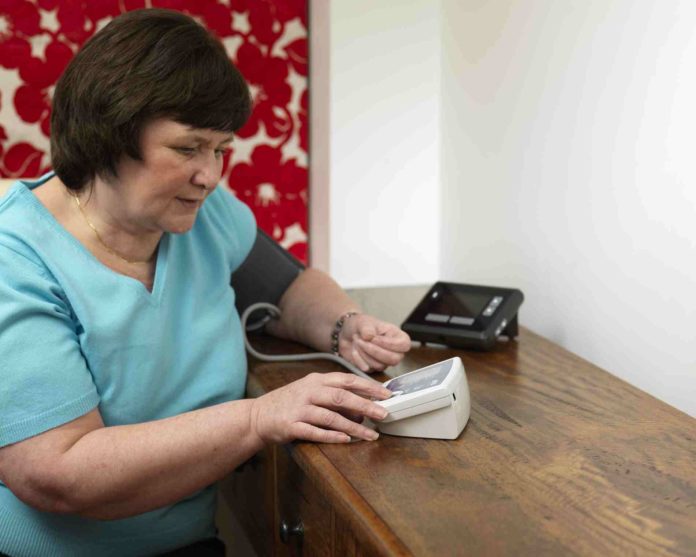
Recently there has been rapid growth of the Home Telehealth market, providing patient monitoring and telecare services for individuals who are living independently in their own home accommodation.
Much of this growth has been stimulated by the adoption of Home Telehealth solutions by large corporate healthcare organizations (as in the USA) or by government health agencies (as in the UK and some European countries). A further driver has been the development of new technology components and integrated systems suitable for delivery of Home Telehealth services. A major attraction of such solutions is that they enable new models of care to be implemented, shifting towards greater patient-centric and careteam-based emphasis in healthcare.
Numerous clinical trials have demonstrated the health, economic, and social benefits of Home Telehealth when used in specific clinical settings. However, developers and suppliers of both technology and services often face questions as to the effectiveness of these solutions, since their patient-centric nature also implies that the subjects-of-care have the option of “opting out” and abandoning use of the solution. They may also fail to make use of it in the intended way, resulting in poorer outcomes than were projected. The realisation of benefits can only occur in Home Telehealth settings when compliance levels are high, and so it is important to establish what evidence exists to inform this aspect of the overall Home Telehealth “business model”.
Telehealth Research and Innovation Lab (THRIL) at the University of Western Sydney has recently a published their Literature Review on Home Telehealth compliance, encompassing aspects of patient adoption and adherence.
Self-care using telehealth monitoring systems was the major focus of this review, rather than detailed analysis of its use in specific clinical areas. Study looks at areas such as:
-Blood Pressure Monitoring
-Heart Failure/Stroke Monitoring
-Diabetes
-Asthma
-Chronic Obstructive Pulmonary Disease
-Activity Monitoring of Daily Living
-Lung Function/Respiratory Disease
-Cystic Fibrosis
-Well-being
and reviews spects of patient adoption and adherence.
Full copy of the final report : http://c.ymcdn.com/sites/www.aiia.com.au/resource/resmgr/Docs/AIIA_Final_Report_20150522.pdf
